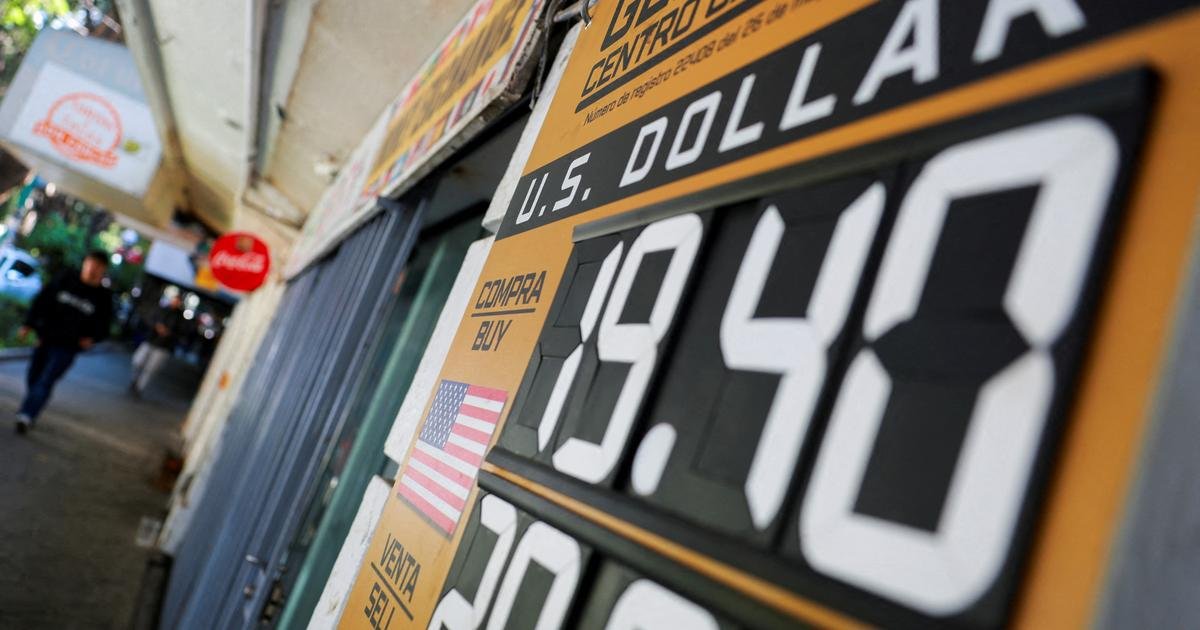The Australian Dollar (AUD) loses ground against the US Dollar (USD) on Monday after registering gains in the previous session. The AUD/USD pair depreciates as the US Dollar (USD) gains on cautious remarks from US Federal Reserve (Fed) officials, diminishing the likelihood of an interest rate cut in December.
The AUD found support after stronger domestic employment data reinforced expectations for a cautious stance from the Reserve Bank of Australia (RBA). As of the latest update on November 14, the ASX 30-Day Interbank Cash Rate Futures for December 2025 traded at 96.41, reflecting a 6% probability of a rate cut to 3.35% from 3.60% at the upcoming RBA Board meeting.
RBA Deputy Governor Andrew Hauser said last week, “Our best estimate is that monetary policy remains restrictive, though the committee continues to debate this.” Hauser added that if the policy is no longer mildly restrictive, it would have significant implications for future decisions.
Reuters reported on Sunday that US Treasury Secretary Scott Bessent said a rare earths agreement between the United States (US) and China will “hopefully” be finalized by Thanksgiving. He added that he is confident China will uphold its commitments following the recent meeting in Korea between the two leaders, President Trump and President Xi Jinping.
US Dollar advances due to diminishing Fed rate cut bets
- The US Dollar Index (DXY), which measures the value of the US Dollar against six major currencies, is advancing and trading around 99.40 at the time of writing. Traders brace for a backlog of US data following the government’s reopening.
- The CME FedWatch Tool suggests that financial markets are now pricing in a 46% chance that the Fed will cut its benchmark overnight borrowing rate by 25 basis points (bps) at its December meeting, down from 67% probability that markets priced a week ago.
- Kansas City Fed President Jeffery Schmid said on Friday that monetary policy should “lean against demand growth,” adding that current Fed policy is “modestly restrictive,” which he believes is appropriate.
- National Economic Council Director Kevin Hassett cautioned that some October data may “never materialize,” as several agencies were unable to gather information during the shutdown. Initial private-sector reports suggest a cooling labor market and wavering consumer confidence, with persistent concerns about inflation.
- US President Donald Trump signed the government funding bill on Thursday, marking the official end of the record 43-day government shutdown in US history.
- Federal Reserve Bank of St. Louis President Alberto Musalem said Thursday that rates are now closer to neutral than restrictive and the US economy remains resilient. Musalem stressed the need for caution, noting there is limited room to ease without risking overly accommodative policy.
- Minneapolis Fed President Neel Kashkari, speaking at the Opportunity & Inclusive Growth Institute’s Research Conference, said parts of the labor market appear strained and the economy is sending mixed signals. He added that inflation remains too high at 3%.
- Automatic Data Processing (ADP) released the US Employment Change on Tuesday, showing an average weekly job loss of 11,250 in the four weeks to October 25. Weaker-than-expected private US labor data increased the likelihood of the Federal Reserve (Fed) policy easing. Challenger, Gray & Christmas announced that US employers slashed 153,074 jobs in October, up from the 55,597 cuts announced in October 2024.
- The National Bureau of Statistics (NBS) showed Friday that China’s Retail Sales climbed 2.9% year-over-year (YoY) in October, against the 3.0% in September but exceeding the 2.7% expected. Meanwhile, Industrial Production increased 4.9% YoY in the same period, compared to the 5.5% forecast and 6.5% seen previously. The Fixed Asset Investment came in at -1.7% year-to-date (YTD) YoY in October, missing the expected -0.8% figure. The September reading was -0.5%.
- The National Bureau of Statistics in China outlined its economic outlook at Friday’s press conference, saying it will continue to foster new productive forces. It noted that better supply-demand dynamics, along with rising prices for services and industrial goods, pushed October CPI back into positive territory. The bureau added that ongoing economic stabilization provides a solid foundation for China to meet its full-year growth target.
- The Australian Bureau of Statistics (ABS) released the Unemployment Rate on Thursday, which declined to 4.3% in October from 4.5% in September, against the market expectations of 4.4%. Meanwhile, the Employment Change arrived at 42.2K in the same month from 12.8K (revised from 14.9K) prior, sharply exceeding the market forecast of 20K.
- Australia’s Full-Time Employment rose by 55.3K in October, from a rise of 6.5K in the previous reading (revised from 8.7K). Participation Rate steadies at 67%, while the Part-Time Employment decreased by 13.1K in October, versus an increase of 6.3K prior.
Australian Dollar hovers around nine-day EMA
The AUD/USD pair is trading around 0.6520 on Monday. The analysis of the daily chart shows the pair consolidating within a rectangular range, reflecting sideways movement. The price hovers around the nine-day Exponential Moving Average (EMA), suggesting that momentum is stabilizing.
The AUD/USD pair may attempt to reach the rectangle’s upper boundary near 0.6630. A decisive break above this level would signal a bullish shift, potentially paving the way for a move toward the 13-month high of 0.6707, last seen on September 17.
On the downside, the primary support lies at the lower boundary of the rectangle around 0.6470, followed by the five-month low of 0.6414, which was recorded on August 21.

Australian Dollar Price Today
The table below shows the percentage change of Australian Dollar (AUD) against listed major currencies today. Australian Dollar was the weakest against the US Dollar.
| USD | EUR | GBP | JPY | CAD | AUD | NZD | CHF | |
|---|---|---|---|---|---|---|---|---|
| USD | 0.18% | 0.17% | 0.12% | 0.06% | 0.31% | 0.30% | 0.18% | |
| EUR | -0.18% | -0.01% | -0.04% | -0.11% | 0.13% | 0.12% | 0.00% | |
| GBP | -0.17% | 0.01% | -0.04% | -0.11% | 0.14% | 0.12% | 0.00% | |
| JPY | -0.12% | 0.04% | 0.04% | -0.07% | 0.18% | 0.16% | 0.04% | |
| CAD | -0.06% | 0.11% | 0.11% | 0.07% | 0.25% | 0.23% | 0.12% | |
| AUD | -0.31% | -0.13% | -0.14% | -0.18% | -0.25% | -0.02% | -0.13% | |
| NZD | -0.30% | -0.12% | -0.12% | -0.16% | -0.23% | 0.02% | -0.12% | |
| CHF | -0.18% | -0.00% | -0.01% | -0.04% | -0.12% | 0.13% | 0.12% |
The heat map shows percentage changes of major currencies against each other. The base currency is picked from the left column, while the quote currency is picked from the top row. For example, if you pick the Australian Dollar from the left column and move along the horizontal line to the US Dollar, the percentage change displayed in the box will represent AUD (base)/USD (quote).







